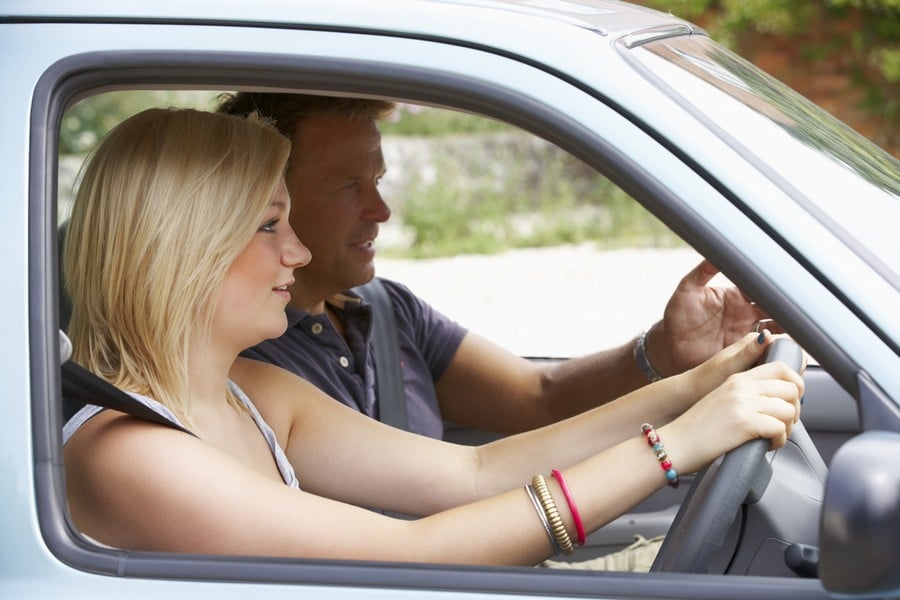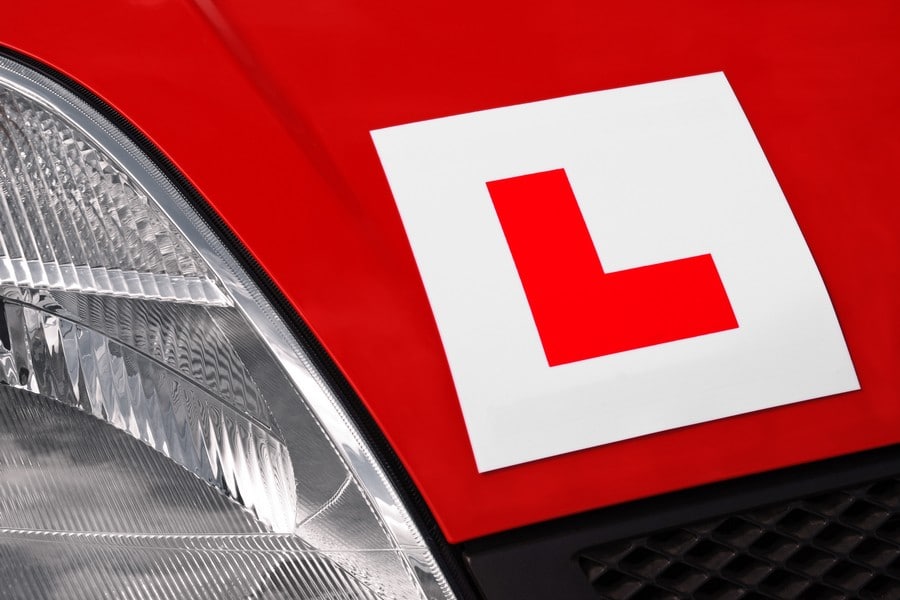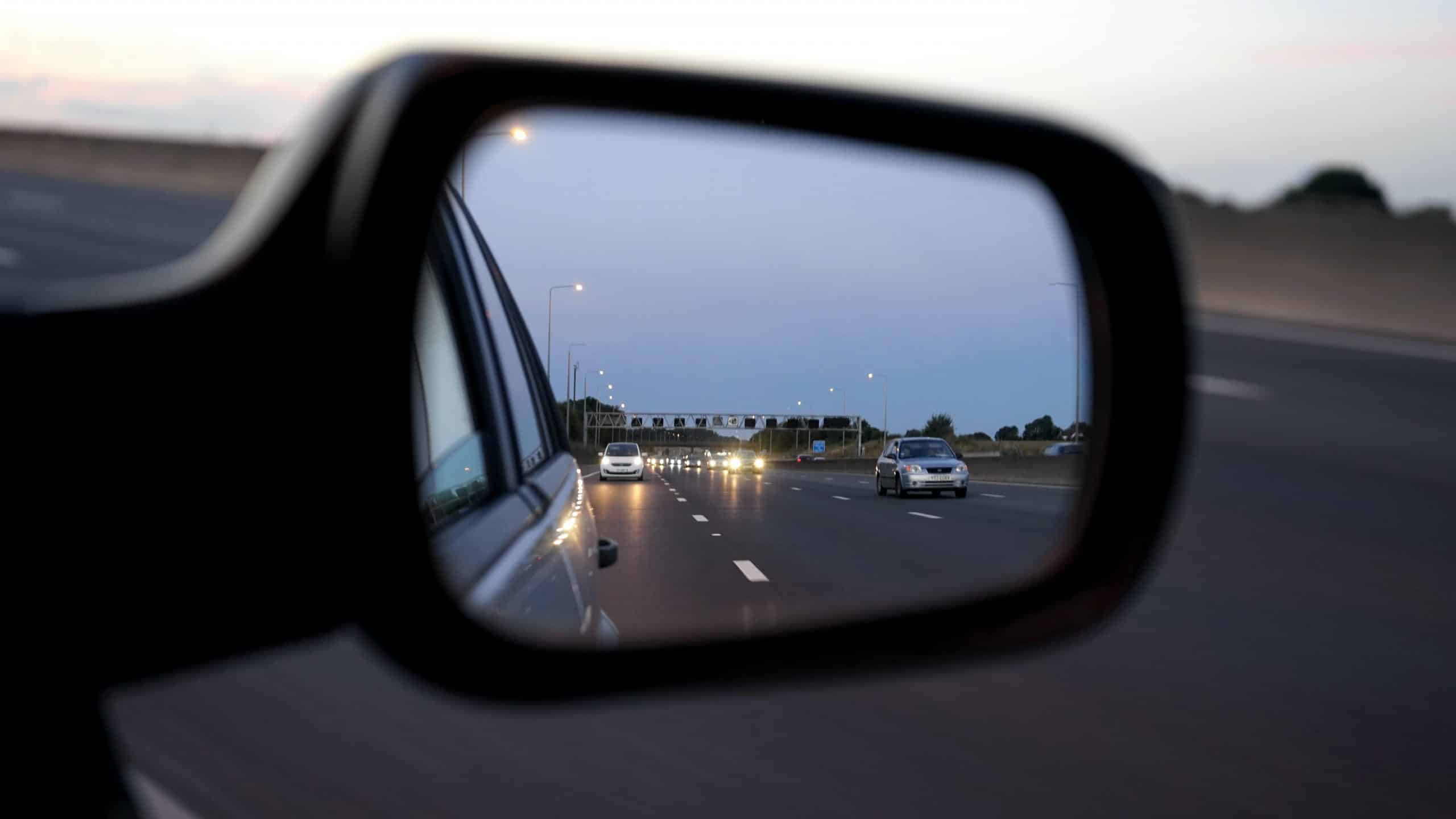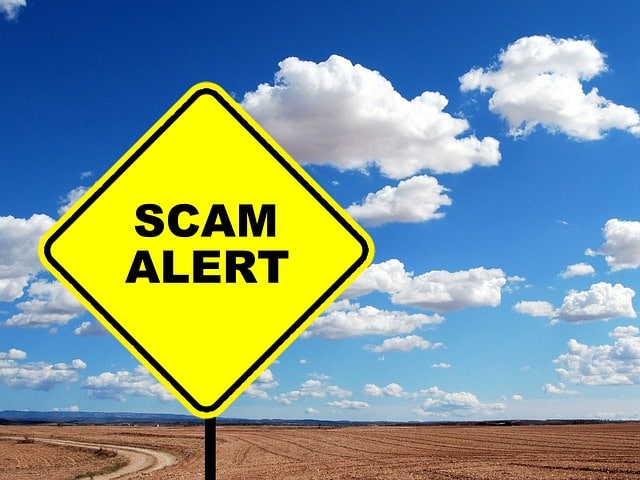
A Guide To Understanding The Test
The driving test is a series of manoeuvres that assess different driving abilities. It’s a great way to check whether you’re ready to become a driver. Even though you can take the test at any time, it’s not easy. Luckily, there are a lot of things you can do to prepare for it and make it as stress-free as possible.
You’ll learn everything you need to know about passing your practical driving test in this guide, answering questions and easing any concerns you may have. After reading our guide, you’ll understand the test like no other!
On the day of my driving test, what will happen?
Getting ready for the test
The day has finally come to take your driving test, and your driving instructor has told you that you are ready to take it. To get a clearer picture of how the driving test will go, you should familiarize yourself with how the process will go.
Below are a few things you should do before you go to your test:
- Be sure you have your provisional driving licence (you can’t take the test without one!)
- It might be good to have your theory test pass certificate on hand in case it’s needed by the examiner
- If you want, bring the instructor’s car, or yours, and decide if he/she should accompany you on the ride
We recommend that you reach your testing location about 20 minutes before your test begins. Despite it being intuitive, it is highly advisable to double-check your test location, date, and time. If you turn up at the wrong testing centre, there will be no refund.
Driving test structure
It’s time for the fun part! While many learners are afraid of the driving test, at least in terms of its structure, it’s fairly basic. You will hear a brief explanation of what’s going to happen after you are done waiting.
Five components make up the driving test:
1. Examining your eyesight
With a quick eyesight test to get things started, the driving test will begin in earnest. During the test, you will be asked to identify a number plate at a distance of 20 meters by an examiner.
To be a safe driver, you must have a vision that is capable of detecting hazards and understanding traffic signs, among other things. You could, after all, cause a serious accident on the road if your eyesight is below par. Thus, if you cannot determine the plate number, the test will terminate.
The key to driving safely is to remember your contact lenses or glasses if you need them. As with the eyesight test, if you wear glasses for the driving test, they must be worn at all times.
Failure to show that you have sufficient eyesight for driving could lead to you failing your practical test.
2. Asking ‘show me, tell me’ questions
In total, two questions will be asked of you: one will be a ‘show me’ question and the other will be a ‘tell me’ question.
Before you start driving, the driving examiner will ask you a “tell me” question regarding safety. Take it as an icebreaker before you start driving! You will be asked to answer the ‘show me’ question when you’re driving, to see how well you can multitask.
3. General driving skills
Getting into the driving part of the test is a little trickier. Though, overall, you shouldn’t encounter many differences here from what you’ll find in a driving lesson or a mock driving test. A driving examiner will not intentionally fail or try to catch you out, although it might be unnerving to have them observe you.
In the local test centre, the examiner will direct you to a test route which contains varied roadways and traffic situations. Approximately 40 minutes will be allotted for the test. No matter how hard you’re pushed, you shouldn’t have trouble keeping up.
What you can expect is:
Whether in the city or the suburbs, dealing with junctions such as roundabouts, crossroads and T junctions or Dual carriageways your general driving ability will be assessed on how safely you deal with them and response to traffic conditions.
- The test does not include motorways.
This chapter is intended to assist you in becoming a safe driver who knows the road rules and does not endanger others. A minimum of two times the examiner will ask you to park up on the right. Ensure that this is a Safe, legal and convenient place. Then you will be asked to move away. Making sure it is safe and under control. You will not only pull off from side of the road but you might also be required to make a hill start or pull away close behind a parked car.
During this part of the examination, the examiner may also have you demonstrate how to make an emergency stop. The examiner will prompt you to make the emergency stop before asking you to do so.
4. A reversing manoeuvre
The part of the driving test that sparks the most dread is this one. Despite your fear of manoeuvres, the driving examiner requires you to perform one when you take the general driving test.
A total of three reversing manoeuvres are involved.
- Pull up on the right – Once you’ve parked on the right side of the road, back up two car lengths and start driving again.
- The bay parking option (forward bay or reverse bay) – You will have the option of driving into and exiting a parking bay, or reversing in and driving out.
- Park parallel to the road – Typically, you will be instructed to parallel park your car behind another vehicle parked along the road keeping reasonable distance from the kerb.
5. Being able to drive independently
Part of the driving test will require you to complete some independent driving. This can be at at any point in your test, at the beginning, middle or near the end. This will last approximately 20 minutes and will be required for this part of the test.
The examiner will provide you with a pre-planned route to drive at this point while guiding you with a sat nav (most common) or you may be instructed to follow the road signs for a specific location instead.
You shouldn’t worry if you take the wrong turn or forget your directions. This part of the test won’t test your ability to recall information. You will be tested on how confident and safe you can drive, unhindered by others, observing the rules of the road.
Whenever you are unclear about where you are going, ask for clarification.
Returning to the test centre
In the end, you will return to the testing centre. As soon as you arrive, you will need to park, wherever is convenient, and stop your vehicle. After completing the feedback sheet, the examiner will total up your driving errors.
Your test will be passed if there are no dangerous or serious faults committed and less than 15 driver faults (minor mistakes). If this is the case, the examiner will issue you a certificate of passing the test and begin the process of obtaining your new license.
However if you are not successful on this occasion and despite your disappointment, the feedback sheet should not be thrown away in anger. Pay attention to the advice you get here to make certain that you do well on the next test. Get yourself up-to-date by taking a review course with your driving instructor.



